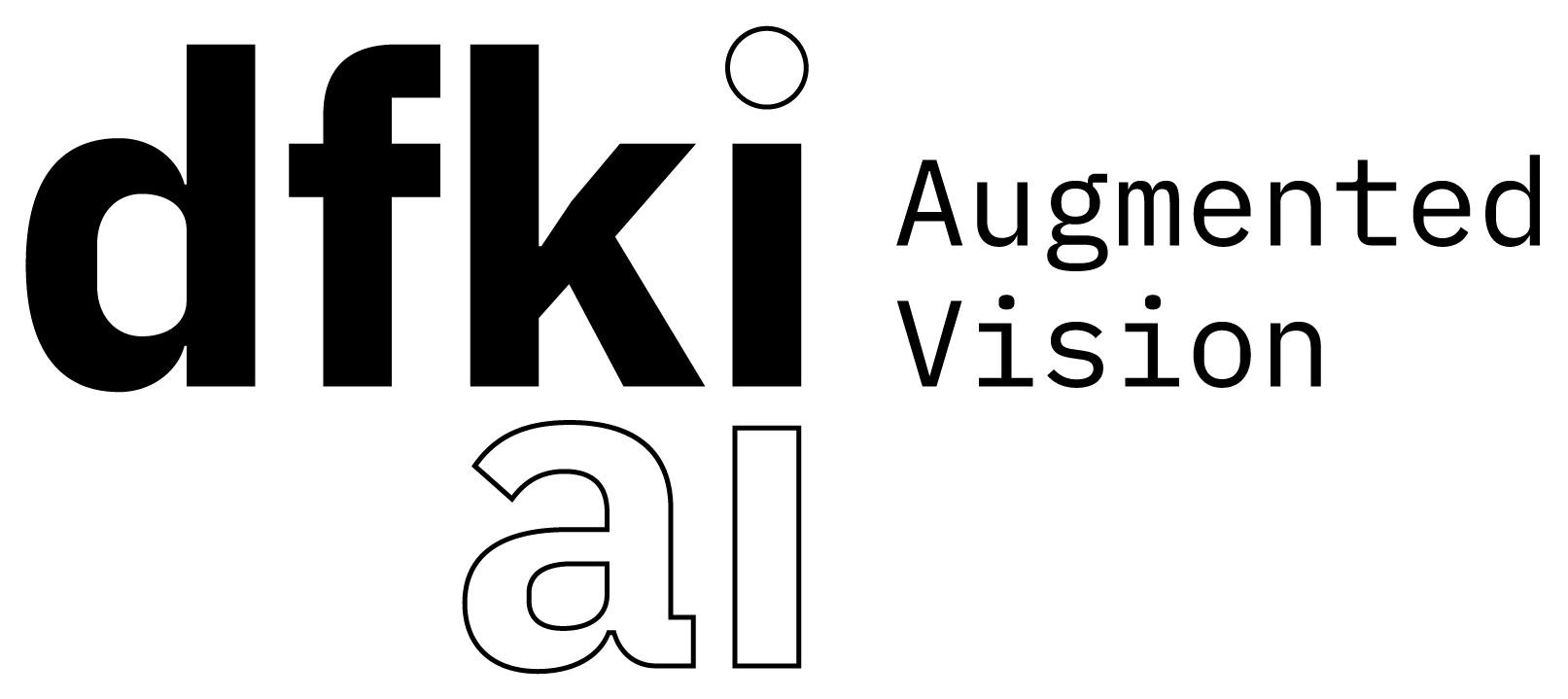Joint Global ICP for Improved Automatic Alignment of Full Turn Object Scans
Joint Global ICP for Improved Automatic Alignment of Full Turn Object Scans
International Conference on Computer Analysis of Images and Patterns. International Conference on Computer Analysis of Images and Patterns (CAIP-2021) September 28-30 Online Springer LNCS 2021 .
- Abstract:
- Point cloud registration is an important task in computer vision, computer graphics, robotics, odometry and many other disciplines. The problem has been studied for a long time and many different approaches have been established. In the case of existing rough initializations, the ICP approach is still widely used as the state of the art. Often only the pairwise problem is treated. In case of many applications, especially in 3D reconstruction, closed rotations of sequences of partial reconstructions have to be registered. We show that there are considerable advantages if ICP iterations are performed jointly instead of the usual pairwise approach (Pulli’s approach). Without the need for increased computational effort, lower alignment errors are achieved, drift is avoided and calibration errors are uniformly distributed over all scans. The joint approach is further extended into a global version, which not only considers one-sided adjacent scans, but updates symmetrically in both directions. The result is an approach that leads to a much smoother and more stable convergence, which moreover enables a stable stopping criterion to be applied. This makes the procedure fully automatic and therefore superior to most other methods, that often tremble close to the optimum and have to be terminated manually. We present a complete procedure, which in addition addresses the issue of automatic outlier detection in order to solve
